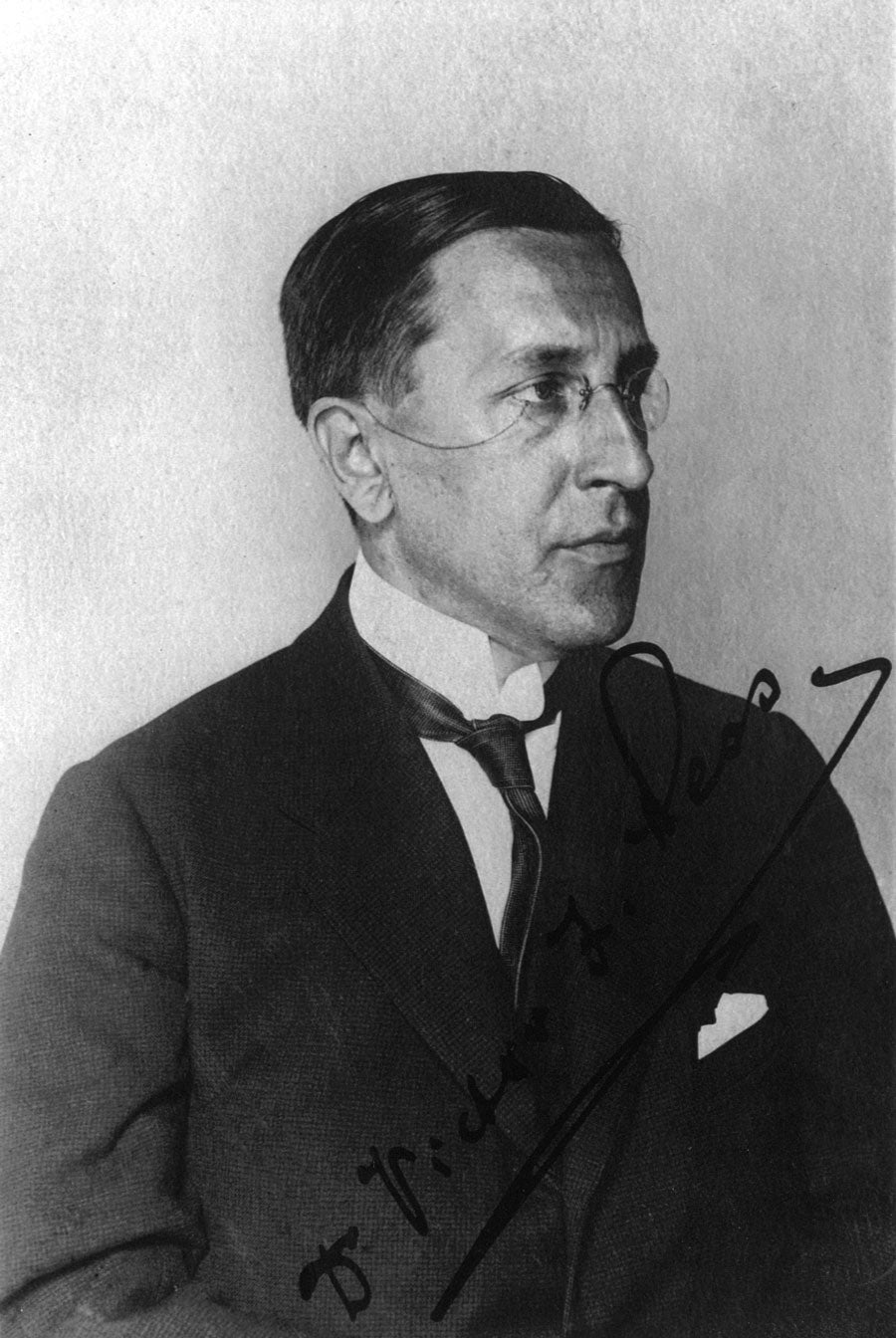When Hess landed his hydrogen balloon at Bad Saarow in the German state of Brandenburg August 7, 1912, he had on board a discovery with far-reaching consequences, which he surely wasn’t fully aware of at the time. On his seventh balloon voyage, equipped with three ionization measuring instruments, Hess had just identified the existence of a pervasive radiation at 17,400 feet (5,300 meters) above Schwieloch Lake in the southeast of Brandenburg. Only later it became evident that this so-called cosmic radiation was comprised mostly of energetic, electrically charged atomic nuclei. The discovery of cosmic rays won Hess the Nobel Prize in Physics 24 years later.
“The detection of the cosmic radiation was the discovery of a century and brought us completely new insights into the cosmos,” said Christian Stegmann from the DESY institute at Zeuthen near Berlin. “Furthermore, it became a cornerstone of early particle physics. Before the development of particle accelerators, cosmic-ray research led to the discovery of many important elementary particles, among them the antiparticle of the electron — the positron — as well as the muon and the pion.”
DESY, the University of Potsdam, and the Max Planck Institute for the History of Science in Berlin are jointly organizing a symposium on the 100th anniversary of the discovery of cosmic rays. From August 6-8, 2012, scientists from all over the world will meet in Bad Saarow, where Hess landed his balloon, to present and discuss the development of various sub-areas ranging from the historic beginnings up to ideas for new projects.
A memorial stone will be unveiled, participants may book balloon flights, and electroscopes that were then used all over the world to carry out ionization measurements will be on display.
“The advent of a centenary is a time for both looking back at the development of the subject and forward: “Where do we go from here?,” said Sir Wolfendale. “Cosmic-ray research has led to new areas of research, including ‘the new astronomies,’ and the future for them is bright, indeed. Neutrino astronomy is on the verge of starting, and gamma-ray astronomy has begun in earnest.”
Physicists expect to gain new insights into the nature of cosmic particle accelerators, which are a million times stronger than the best accelerators on Earth, from gamma-ray astronomy. Single protons from cosmic radiation may have as much energy as a powerfully hit tennis ball, but due to their electric charge, the fast particles are deflected by numerous magnetic fields as they travel through the cosmos. This means that one cannot retrace their point of origin from their direction of flight when they hit Earth.
Therefore, a hundred years since their discovery, the mystery of the origin of cosmic rays is far from being solved. “The universe is full of natural particle accelerators, as for example in supernova explosions, in binary star systems, or in active galactic nuclei. So far, only 150 of these objects are known to us, and we have just an initial physical understanding of these fascinating systems,” said Stegmann.
In contrast to what the name might suggest, cosmic radiation is mostly comprised of particles, but a small fraction is, indeed, gamma radiation, which is not deflected on its way through space and thus points directly to its source. Because physicists expect the sources of cosmic gamma radiation to be the same as for cosmic particles, they are using specialized gamma-ray observatories to hunt for them.
Observatories like H.E.S.S. in Namibia, named in honor of the discoverer of cosmic radiation, MAGIC on the Canary Island La Palma, and VERITAS in the United States, with DESY participation, have detected more than 100 high-energy cosmic gamma-radiation sources. The planned Cerenkov Telescope Array (CTA), for which DESY is currently building a first prototype instrument, will follow this path of discovery. “The Cerenkov Telescope Array will observe thousands of these accelerators with unprecedented sensitivity,” Stegmann said.
Similar to gamma rays, cosmic neutrinos also open a window to the universe’s particle accelerators. Neutrinos are lightweight, electrically neutral elementary particles, which are also not deflected by magnetic fields. This means that the incident path of a neutrino points back directly to its origin. With the participation of DESY, the world’s largest neutrino telescope, IceCube in Antarctica, was finished in December 2010 and has just begun to look for cosmic neutrinos.
“On either route, we expect fascinating insights into the natural particle accelerators in the universe that will throw new light onto the remaining mysteries of cosmic rays,” said Stegmann.










